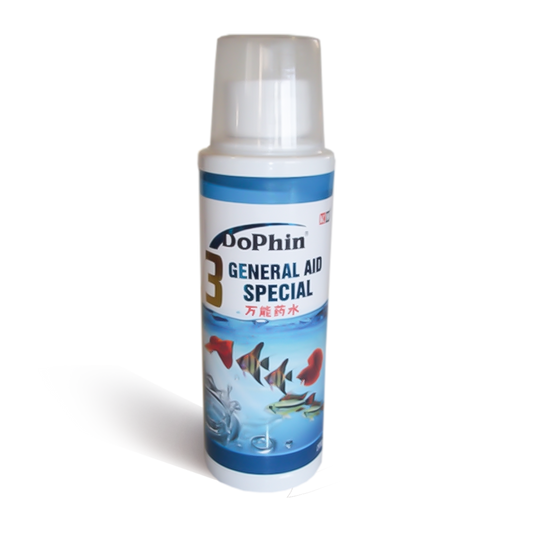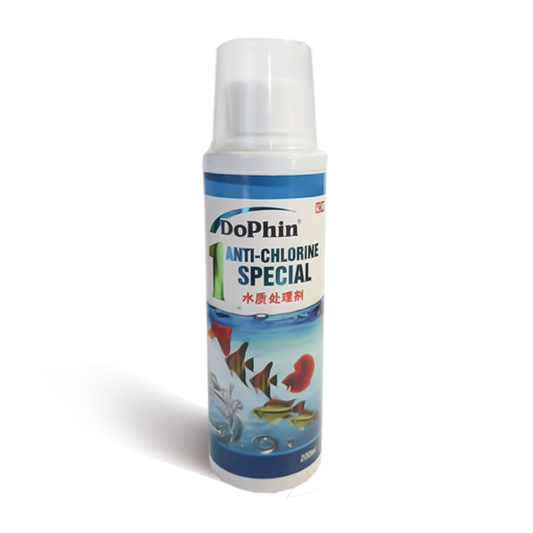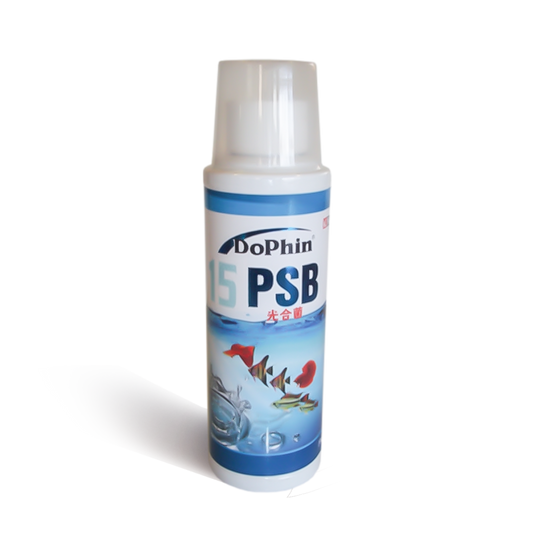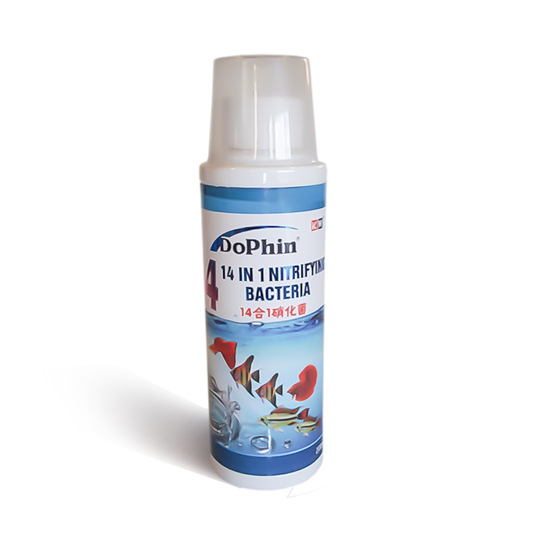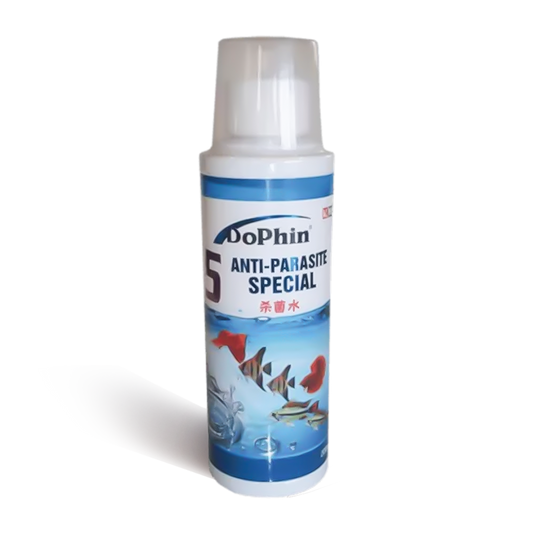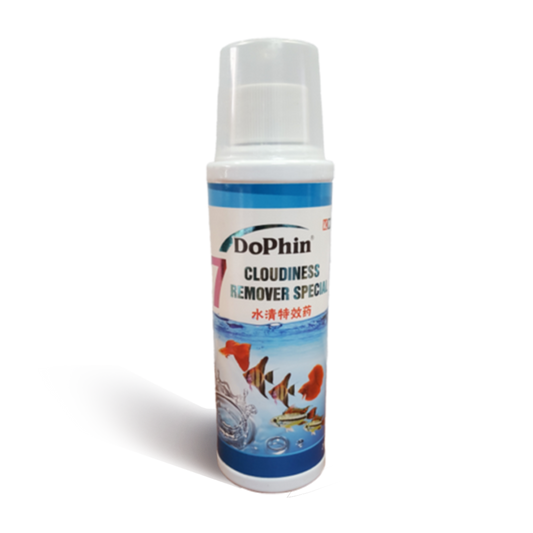When to use Anti-Chlorine in your Aquarium
There are two main ways to tell if your aquarium has high levels of chlorine or heavy metals:
Water Testing:The most reliable way to detect these contaminants is through a water test kit. Petprovo likely offers various DoPhin water test kits.
- Chlorine: Look for a test that measures free chlorine or total chlorine. A safe level for fish is typically 0 ppm (parts per million).
- Heavy Metals: Some test kits might check for specific heavy metals like copper or ammonia. However, a more comprehensive test might be necessary depending on your concerns.
While not as definitive as testing, some fish behavior can indicate water quality issues:
- Gasping at the surface: This could signal low oxygen levels, which can sometimes be caused by high chlorine levels.
- Clamped fins: This can be a sign of stress or illness, potentially caused by poor water quality, including heavy metals.
- Lethargy or loss of appetite: These can also indicate general discomfort or illness due to water quality problems.
Here's what to do if you suspect high chlorine or heavy metals:
- Perform a water test: This will confirm your suspicions and allow you to take targeted action.
- For Chlorine: If chlorine levels are high, you can use a water conditioner like DoPhin #1 (assuming that's what it is) to remove it. Alternatively, letting tap water sit for 24 hours allows chlorine to evaporate naturally.
- For Heavy Metals: Heavy metal removal can be more complex. Depending on the metal and its concentration, water changes with treated tap water or using specific filter media can help. Consult Petprovo's website or a qualified aquarium specialist for advice on addressing heavy metals.
Remember: Prevention is key. Always use a water conditioner when adding tap water to your aquarium and choose reliable water sources to minimize the risk of contamination.
DoPhin® #4
-
DoPhin® #3 Aquarium All-in-One Care: Treat Multiple Fish Diseases Instantly 200ml
Vendor:DoPhinRegular price R 79.00Regular priceR 0.00Sale price R 79.00 -
DoPhin® #1 Anti-chlorine: Instantly Neutralize Chlorine & Heavy Metals 200ml
Vendor:DoPhinRegular price R 71.00Regular priceR 0.00Sale price R 71.00 -
DoPhin® #15 PSB Advanced Bio-Clean Formula for Crystal Clear Aquariums 200ml
Vendor:DoPhinRegular price R 128.00Regular priceR 0.00Sale price R 128.00 -
DoPhin® #14 -in-1 Aquarium Bacteria Booster & Conditioner 200ml
Vendor:DoPhinRegular price R 128.00Regular priceR 0.00Sale price R 128.00 -
DoPhin® #5 Aquarium Anti-Parasite Treatment - Broad-Spectrum Formula 200ml
Vendor:DoPhinRegular price R 143.00Regular priceR 0.00Sale price R 143.00 -
DoPhin® #7 Crystal Clear Aquarium Cloudiness Remover Solution #7 200ml
Vendor:DoPhinRegular price R 143.00Regular priceR 0.00Sale price R 143.00
1
/
of
6

